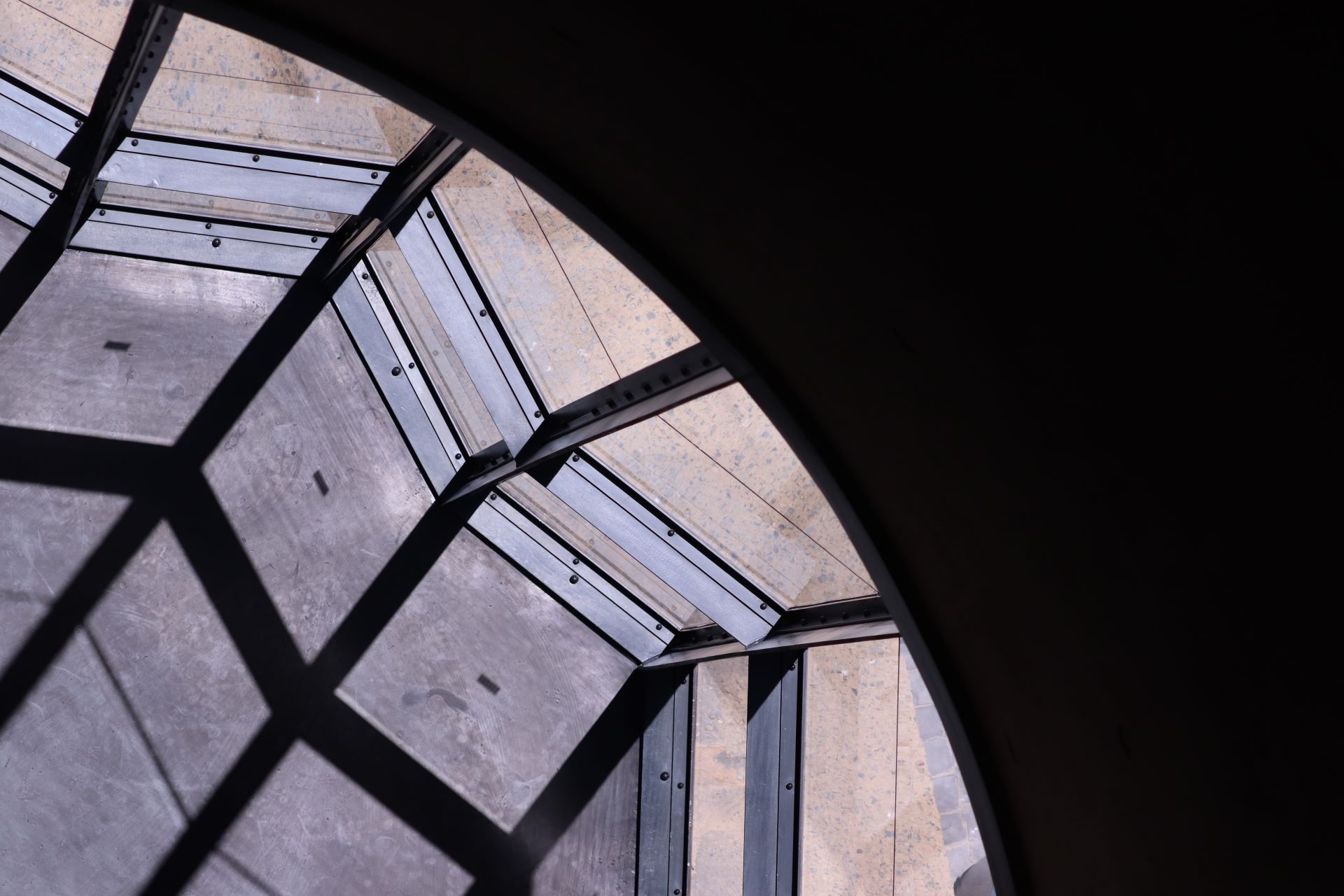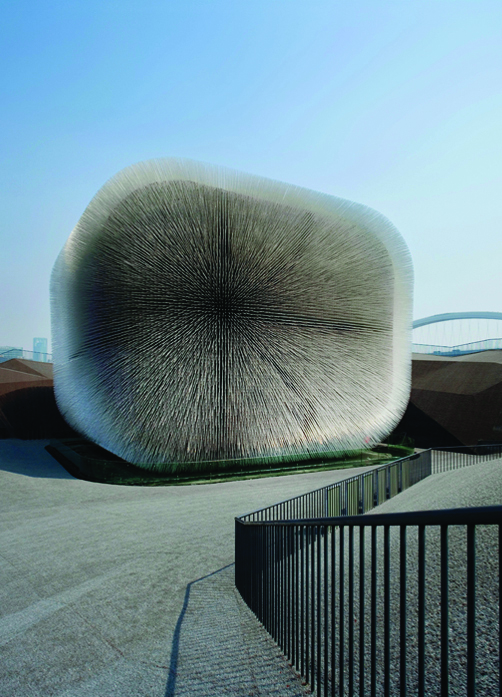
The historian
Past, present, future


Claire Bamber talks about a designer without limits
Thomas Heatherwick's whole approach to design is governed by a refusal to be categorised. His team’s work to date includes a spinning chair, a rolling bridge, an expandable zip bag, the 2012 Olympic cauldron, a power station, an ‘endless’ bench and a London bus. Neither is he limited by the confines of budget, environment or client brief. He operates within these constraints but they seem to act as a spur to his creative drive.
Heatherwick is not an architect but is an honorary fellow of the Royal Institute of British Architects. He is internationally recognised, with work commissioned in New York, Abu Dhabi and Singapore—and in the tiny village of Laverstoke in England. Projects include La Maison Unique, Al Fayadh Park, the Learning Hub (part of Nanyang Technological University) and a Bombay Sapphire gin distillery.
In South Africa, Heatherwick Studio was commissioned to transform a former grain silo in Cape Town into a gallery for contemporary African art: the Zeitz Museum of Contemporary Art Africa. Made up of forty-two concrete tubes, the grain silo is arranged in a tightly packed cube. Wanting to retain and honour the historic fabric of the building—‘We could either fight a building made of concrete tubes or enjoy its tube-iness’—Heatherwick’s solution was to create a central atrium and exhibition space by carving into these concrete tubes. What makes the design extraordinary is that the hollowed-out space is in the shape of a single kernel of corn. Columns are cut away around the central atrium to allow glimpses of other spaces, spiral staircases and shafts of light, drawing people in, and all the while celebrating the building’s former use.
The UK Government’s brief for the Shanghai Expo in 2010 was similarly challenging: to build a top five pavilion among 203 nations, and with half the budget of other Western countries. Anxious to avoid what he calls ‘a cheesy advert for Britain: umbrellas and bowler hats, the Queen, David Beckham’, Heatherwick instead created something unique. Heatherwick Studio took 250,000 seeds from the Greenwich Millennium Seedbank and encased them in the tips of sixty thousand acrylic rods, and built a seed cathedral.

Much like the Cape Town gallery, it operates as a piece of design on a number of levels. Its ‘hairiness’ is intriguing, the lines of the Union Jack give it a specific British signature, and the seed rods carry an implicitly ecological message, all without text or voiceover—the interior of the pavilion was silent, lit only by sunlight transmitted down the acrylic rods. The seed cathedral was visited by more than eight million people over six months and won the Expo’s prize for best pavilion.
Although Heatherwick himself has almost celebrity status in design circles, he insists that collaboration is key to the creative process. He speaks always of ‘we’ rather than ‘I’ in discussing Heatherwick Studio projects. This collaborative process brings together engineers, architects, product designers, landscape designers, sculptors, photographers, stage designers, embroiderers and urban planners, again refusing to adhere to the usual boundaries in the design world.
It is this collaborative, multi-disciplinary approach to design that sets his projects apart, making each particular and distinctive. Heatherwick avoids a signature look: ‘I’m not interested in things looking like I did them. I’m interested in them being special to that place.’
But if there is a signature to his work, it is the passion, the playfulness, and the joy that shines through in every project. There is a cleverness and sophistication to his creations, but this is shot through with an infectious exuberance, a flamboyance, that never fails to excite and engage.
© Norton Rose Fulbright LLP 2025